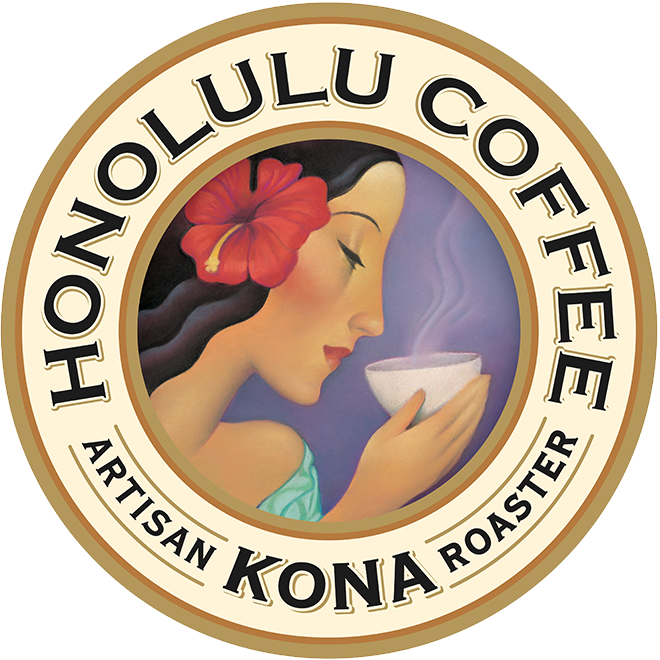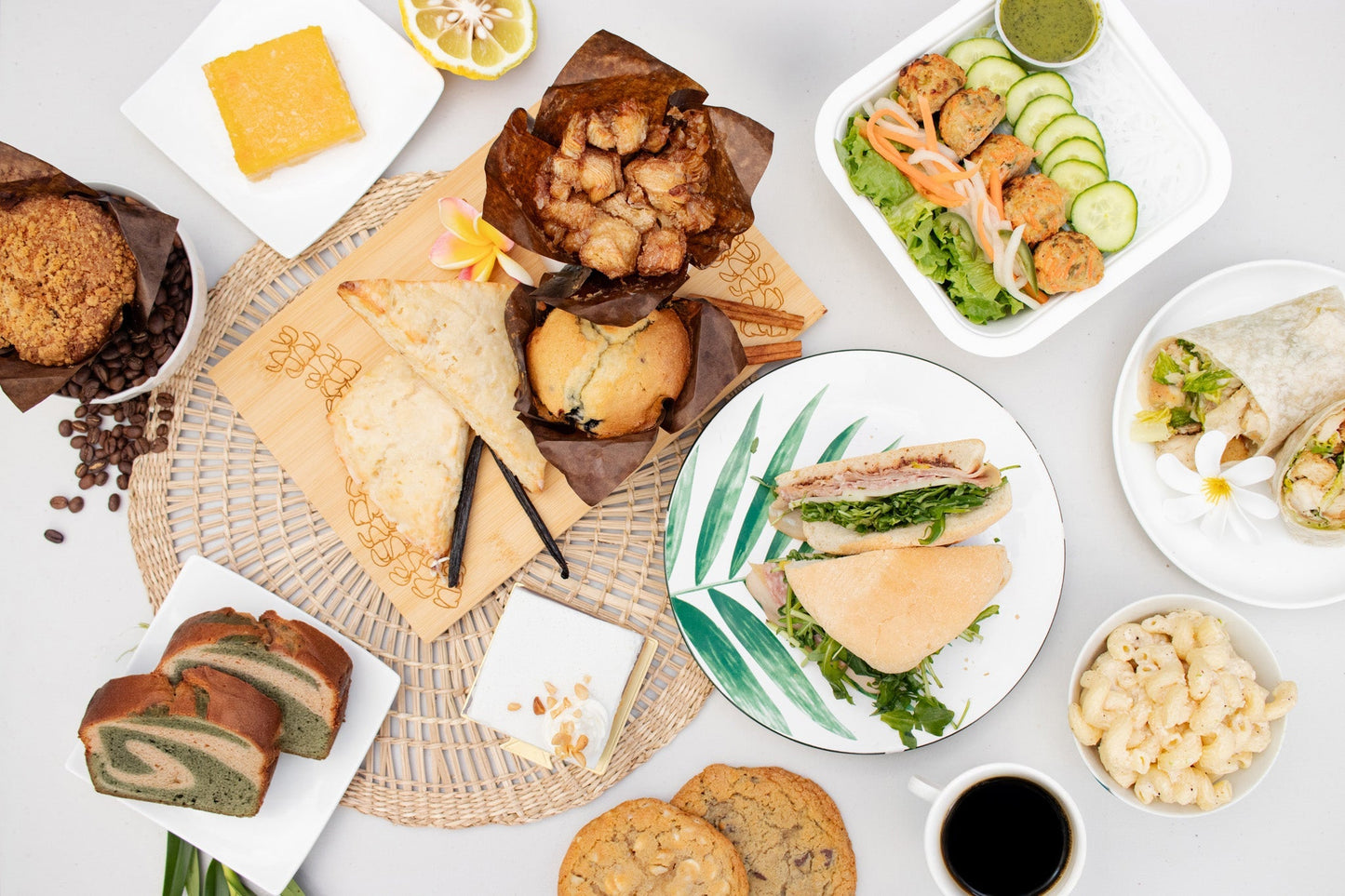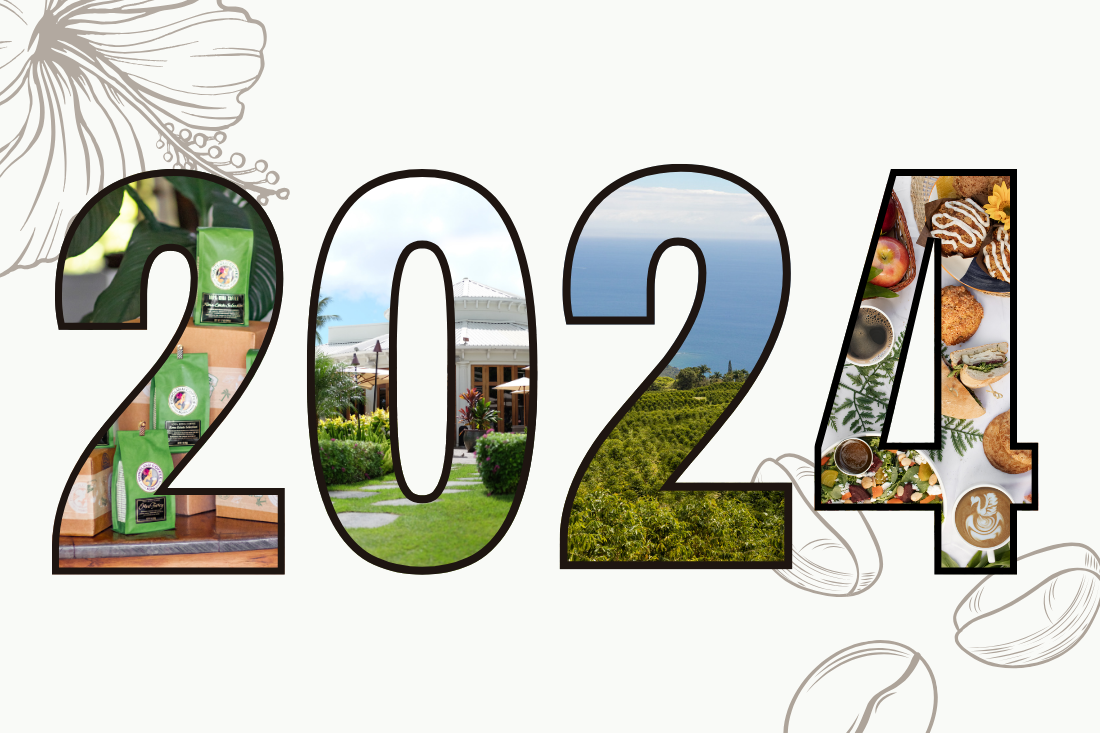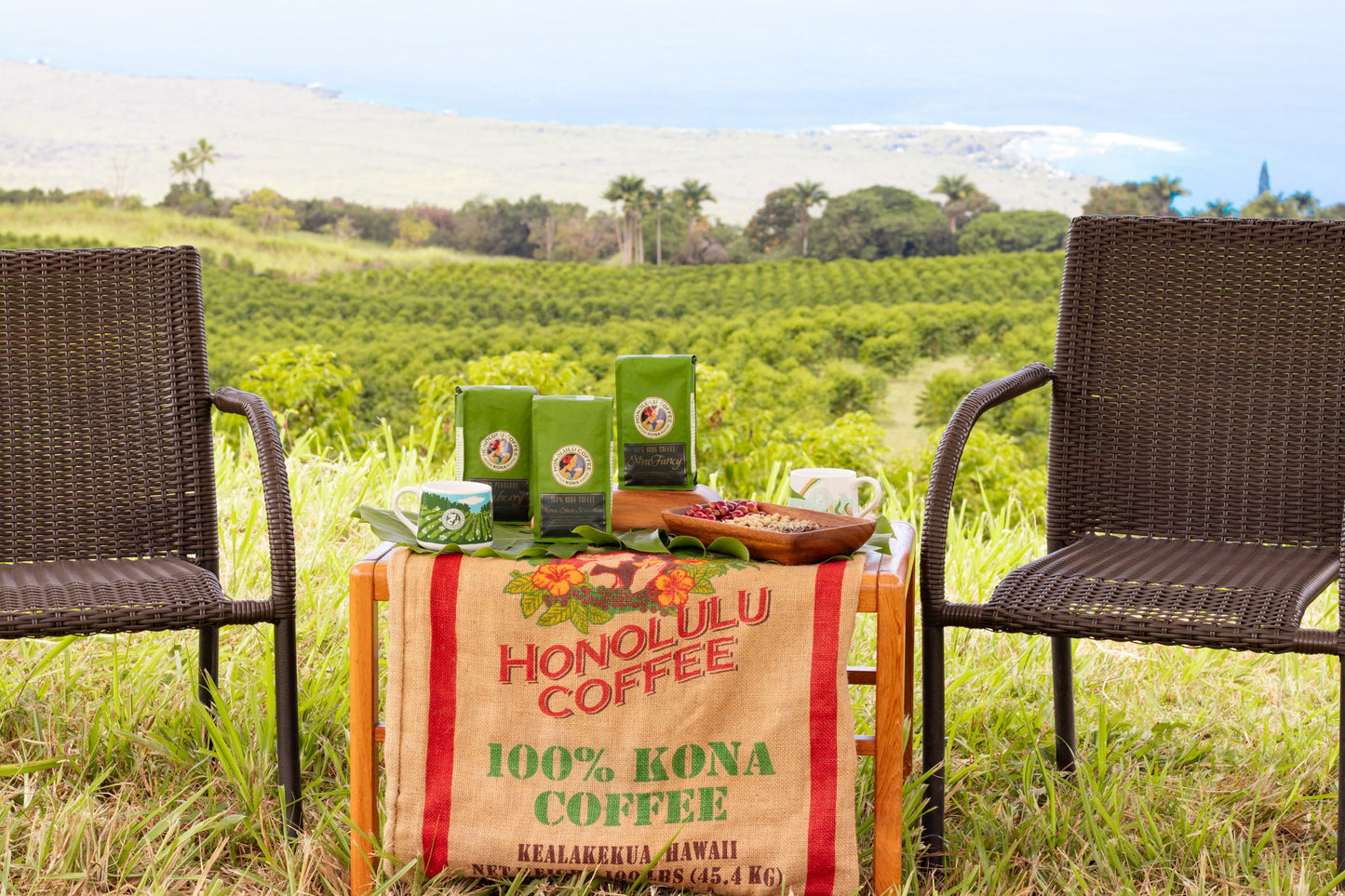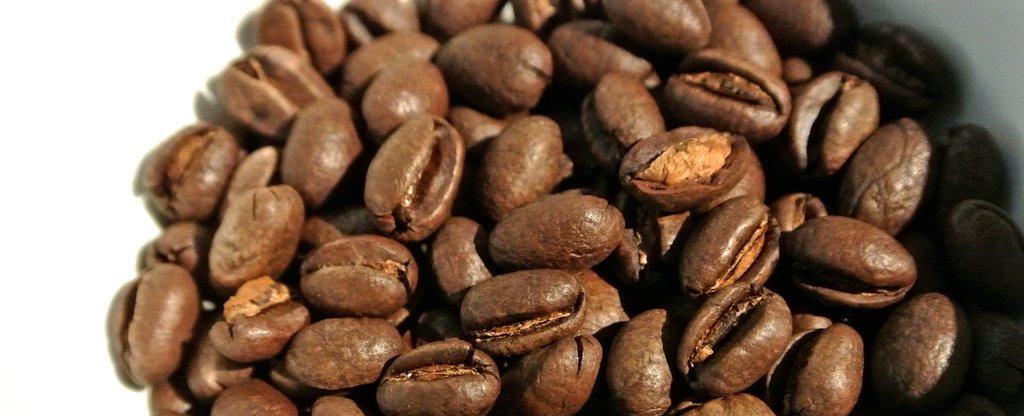
Some people wonder how Hawaiian coffee can vary so widely from one product or brand to the next.
Even the most casual of coffee drinkers understands that different geographic regions produce different inherent flavors in the coffee beans and, hence, different coffees. But how can Hawaiian coffee vary so widely from brand to brand or even within a brand if it’s all grown in the same state?
Factors That Influence Hawaiian Coffee
The biggest reason Hawaiian coffee differs so much is because there are different growing conditions on each of the islands. So, while, yes, technically, it is all grown in Hawaii, it is not all grown in the same place. This alone creates some of the unique characteristics that each coffee is known for. The different microclimates and soil compositions that exist on each of the islands definitely play a part in what variety of coffee beans grow best in that area and that will impact a coffee's flavor profile and acidity level.
Kona coffee for example, is valued for being subtle, yet rich thanks to the moderate growing conditions on Mauna Loa. There are four different varieties of coffee grown on Maui that range from spicy to sweet and even kokoleka (chocolate) tasting, depending on what side of the island the coffee plants are grown on. Kauai coffee is known for being less acidic than other types while those grown on Oahu and Molokai each have their own unique stamp too.
Growing conditions aren't the only thing that influences the final product. Hawaiian coffee can differ from batch to batch even when harvested from the same farm, on the same day, in the same row of plants. These differences can be attributed to how the coffee is roasted. The roasting process impacts caffeine content, acidity, mouthfeel, and overall flavor characteristics.
Roasting Hawaiian Coffee
Hawaiian coffee beans that are roasted longer are darker, larger, less acidic, and bolder than those that are roasted for shorter periods of time. They also have a lower caffeine content. Roasters are really the key to a great cup of Hawaiian coffee. It takes years of training to become a master roaster. You must be able to read the beans, almost instinctively, so you can make split-second decisions on adjusting the heat, or stopping the roasting process in order to get the perfect roast.
All we can say to them is Mahalo (thank you) for their work. Without them, none of us would be able to enjoy a perfect cup of Hawaiian coffee.
To taste-test Hawaiian coffee for yourself, visit Honolulu Coffee online or at one of our retail locations.
